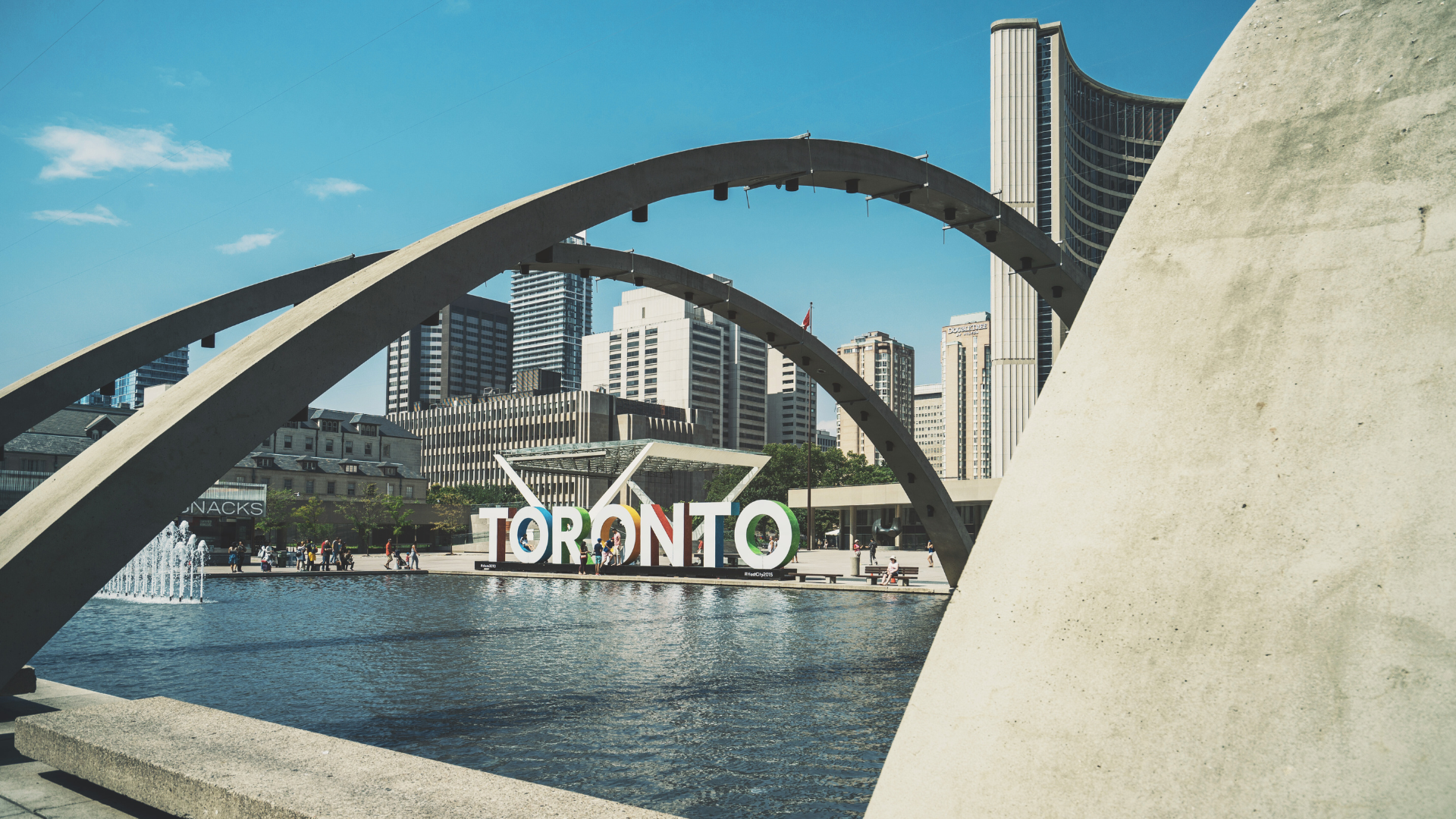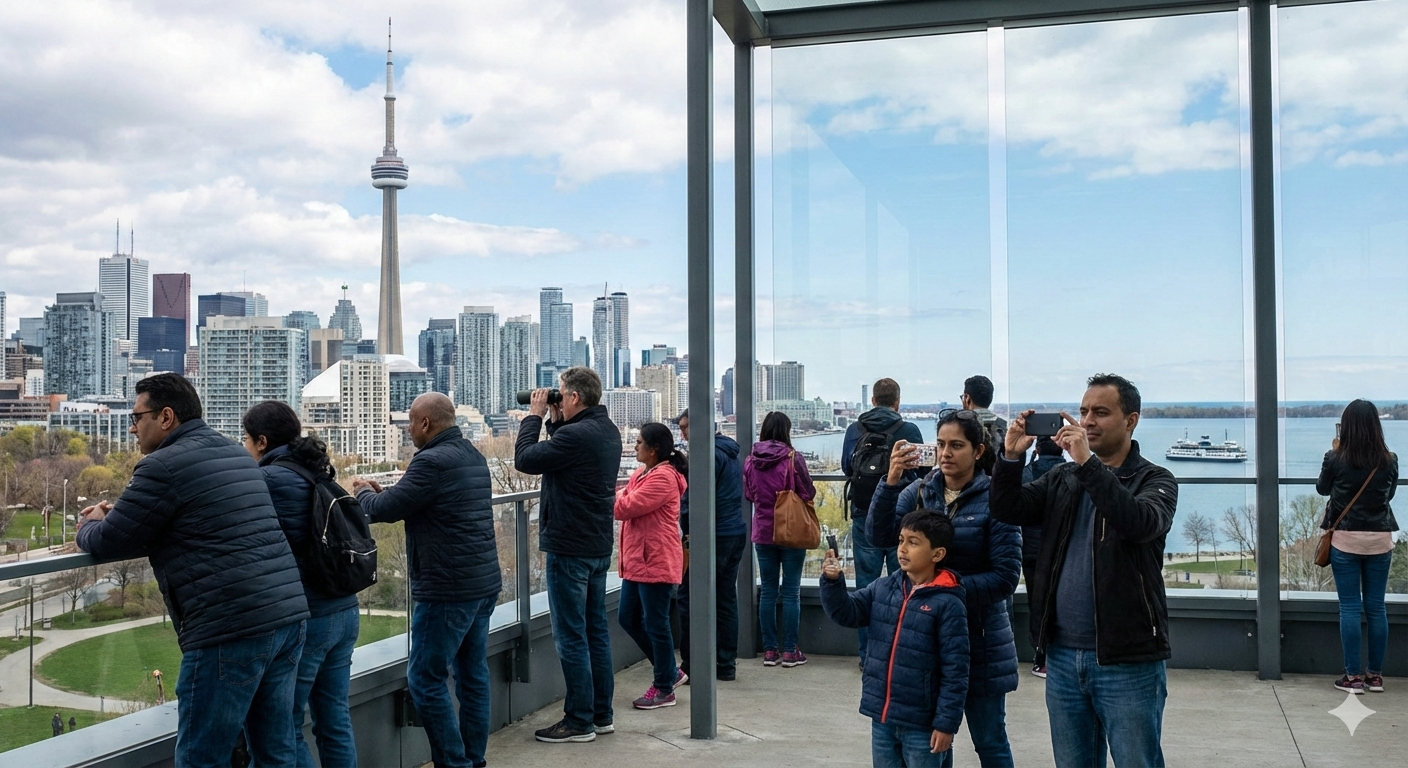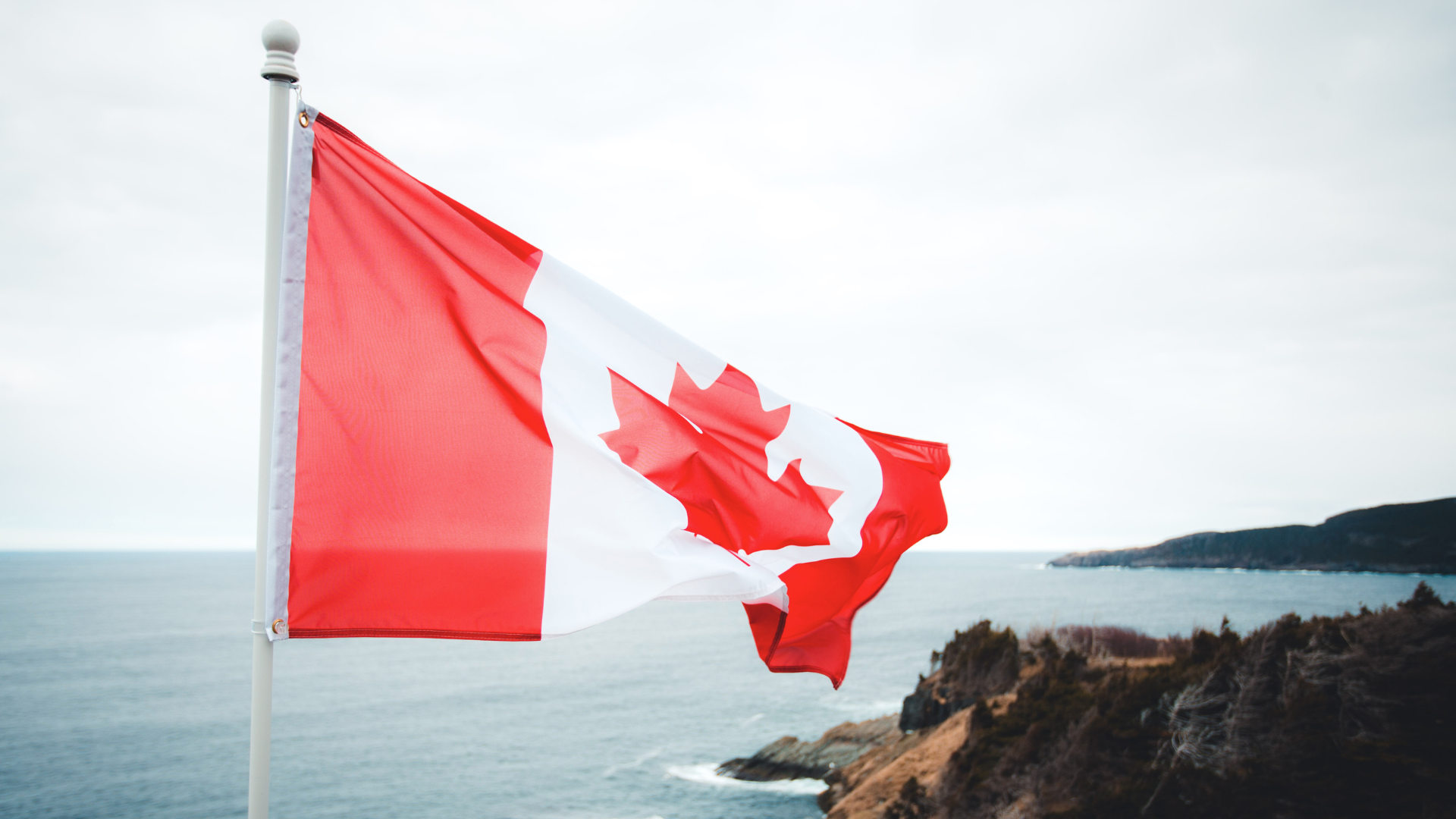How to Get Canadian Permanent Residency Through the Provincial Nominee Program (PNP)

If you're aiming to become a permanent resident of Canada
but don’t have a high Comprehensive Ranking System (CRS) score or don’t qualify
under Express Entry’s category-based draws, the Provincial Nominee Program
(PNP) might be your best pathway.
With over 236,000 profiles in the Express Entry pool
and CRS cut-offs ranging between 521–542 in 2025, competition is tough.
That’s where the PNP can help, offering a more tailored route to PR based on
provincial needs.
What Is the Provincial Nominee Program (PNP)?
The PNP allows Canadian provinces and territories to
nominate individuals for permanent residency based on local labour market
demands. If a province selects you, you’ll receive a nomination, and then apply
to Immigration, Refugees and Citizenship Canada (IRCC) for permanent
residence.
There are two main steps:
- Get
nominated by a province or territory.
- Apply
for permanent residency through IRCC.
To be nominated, you must meet the specific requirements of the PNP stream and
show a genuine intent to live in that province or territory.
How to Get a Provincial Nomination
There are over 80 PNP streams across Canada. To
determine which one suits you, you can:
- Research
the requirements of each province, or
- Consult
an immigration professional for guidance.
Every PNP requires you to prove your intention to reside in the province
nominating you.
Consideration Types for Nomination
Each province has its own selection process. Here's a
breakdown of how you could be considered:
|
Type |
Description |
|
Base PNP – Direct Application |
Submit a full application directly to the province. |
|
Base PNP – Expression of Interest (EOI) Pool |
Submit an EOI and wait for an invitation to apply. |
|
Enhanced PNP – Passive |
The province selects you from your Express Entry profile
if you’ve shown interest in that province. |
|
Enhanced PNP – Active – Direct Application |
Apply directly with your Express Entry profile. |
|
Enhanced PNP – Active – EOI Pool |
Submit an EOI with your Express Entry details and wait to
be invited. |
Base vs. Enhanced PNP Streams
Enhanced Streams
- Linked
to Express Entry
- Require
you to have a valid Express Entry profile
- Must
meet criteria for one of the following:
- Canadian
Experience Class (CEC)
- Federal
Skilled Worker Program (FSWP)
- Federal
Skilled Trades Program (FSTP)
- Require
language test results and Educational Credential Assessments (ECAs)
- Offer
faster PR processing (around 6 months)
You’ll also get 600 extra CRS points if nominated
under an enhanced stream—almost guaranteeing an Invitation to Apply (ITA) in
the next draw.
Base Streams
- Independent
of Express Entry
- Don’t
require a profile or CRS score
- Often
used by candidates with lower-skilled occupations (TEER 4 or 5)
- Longer
PR processing time (around 21 months)
Eligibility Criteria for PNP Streams
Common factors considered:
- Age
- Education
- Language
skills
- Job
offer
- Work
experience
Enhanced streams have more requirements, while base streams
are typically more flexible.
Understanding Active vs. Passive Consideration
Active Consideration
You take initiative by submitting:
- A
full application, or
- An
Expression of Interest (EOI)
Enhanced active streams require an Express Entry profile
and job seeker validation code.
Passive Consideration
Some provinces automatically review Express Entry profiles.
If you’ve selected a province in your profile and meet their needs, they may
send a Notification of Interest (NOI). You can then submit a full
nomination application.
What Happens After You Get Nominated?
If Nominated Through a Base Stream
- Apply
for PR through IRCC’s Permanent Residence Portal
- Processing
time: approx. 21 months
If Nominated Through an Enhanced Stream
- Update
your Express Entry profile with the nomination
- Accept
the nomination within 30 days
- Get
600 CRS points and wait for your ITA
- After
receiving your ITA, submit your PR application
- Processing
time: approx. 6 months
How Much Does It Cost to Immigrate Through the PNP?
1. Provincial Application Fees
|
Stream |
Fee Range |
|
Workers & International Graduates |
$0 – $2,500 |
|
Entrepreneurs |
$0 – $10,000 |
EOI submissions are usually free—you only pay once invited
to apply.
2. Federal Fees (IRCC)
|
Fee Type |
Amount |
|
Application (Main applicant) |
$950 |
|
Right of PR fee |
$575 |
|
Biometrics |
$85/person |
|
Spouse/Partner (if applicable) |
$1,525 |
|
Dependent child |
$260 per child |
3. Third-Party Fees
|
Document/Service |
Cost |
|
Language Test |
$300–$400 |
|
Educational Credential Assessment (ECA) |
$210–$260 |
|
Medical Exam |
$100–$320 |
|
Translations |
$20–$60 per page |
|
Police Certificates |
Varies |
|
Immigration Consultant or Lawyer |
Varies |
PNP Landscape in 2025: What’s Changed?
In 2025, getting a nomination has become more competitive.
The federal government cut provincial nomination allocations by half,
reducing targets from 110,000 to 55,000.
As a result, many provinces:
- Delayed
reopening streams
- Banned
certain occupations
- Closed
international graduate options
- Tightened
eligibility
Despite these changes, the PNP remains one of the most
reliable ways to become a Canadian permanent resident, especially for
applicants who struggle to qualify through Express Entry.






